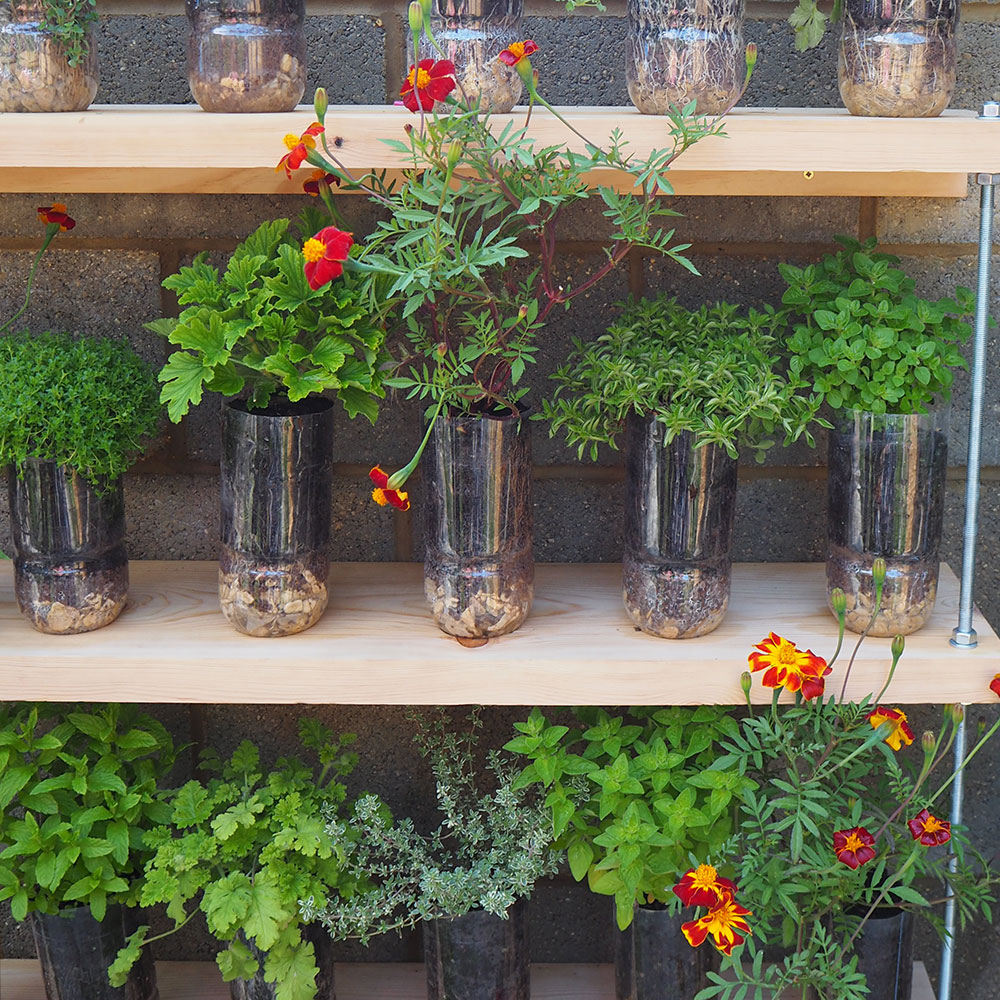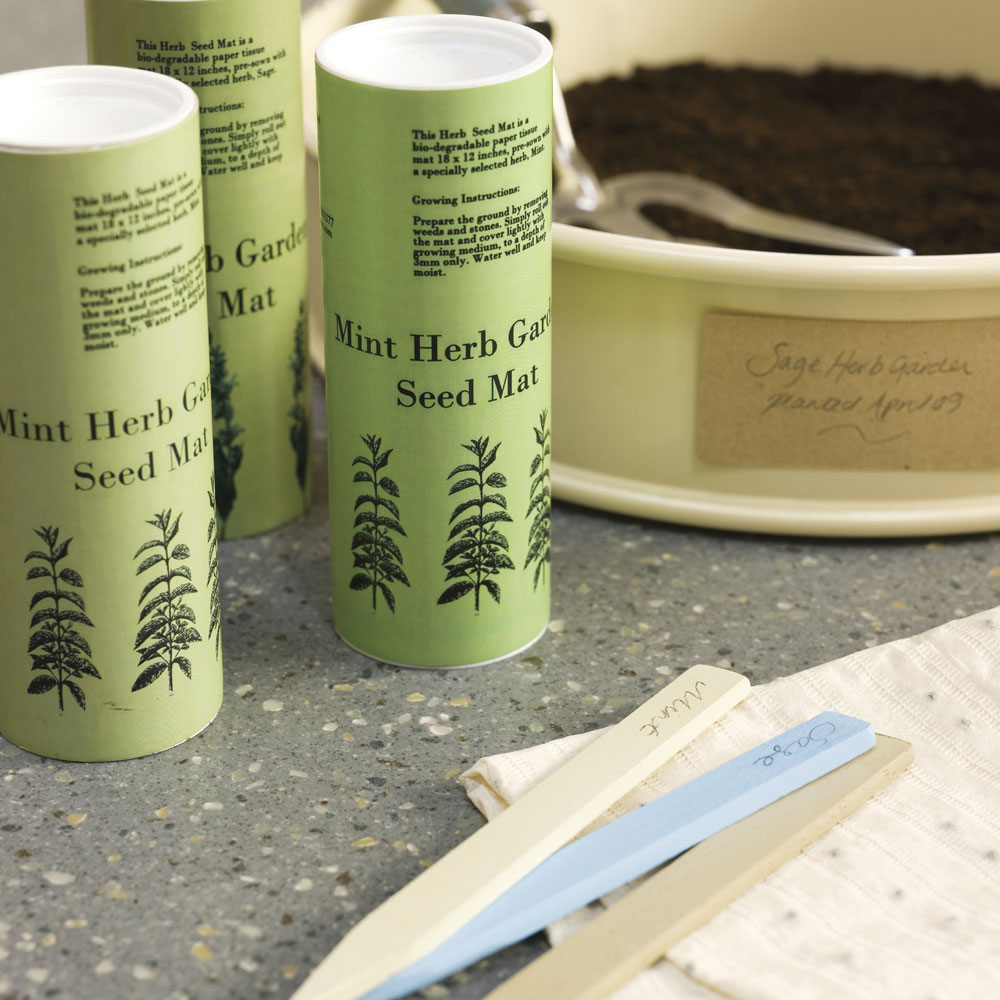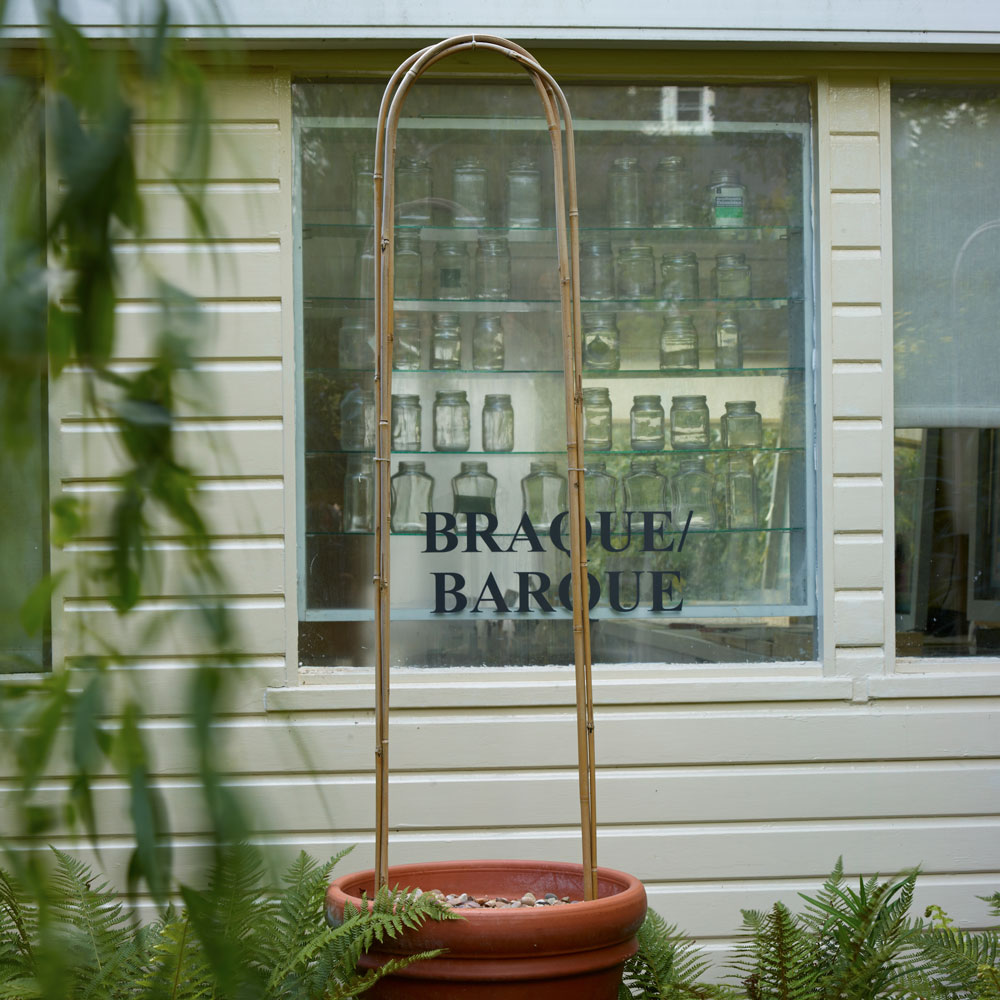From light bulbs to coffee bags – here's how to re-use household waste in the garden
Find alternative uses for lollipop sticks, old CDs and even light bulbs....
In a bid to reduce waste and do our bit for the environment, we've dug out six tips on how to re-use household waste in the garden.
We've enlisted the help of garden experts at Garden Buildings Direct to share how households can be recycled most efficiently in our own gardens.
Related: Five things you should be doing to look after your garden in winter
'Doing our bit to save the planet has never been more important, and it’s true what they say – every little helps,' says a spokesperson from Garden Buildings Direct.
'Most things can be upcycled or re-used in the garden, if you think creatively enough. So, before you throw out your old lightbulbs or even food packaging, see if you can find another use for it outside.'
How to re-use household waste in the garden
1. Plastic

While we wish to banish plastic bottles altogether, finding a way to re-use them is a good start. 'Plastic bottles make great planters, including trendy vertical gardens and self-watering planters.' say the garden experts.
[]
' They also make good watering cans, and could even be cleaned and stuffed with plastic wrappers to create eco-bricks.'
2. Light bulbs
'Once the electrical components are removed, light bulbs make perfect homes for air plants and water-saving succulents.' Who knew?!
The experts advise, 'If you’ve never tinkered with a light bulb before, consult a tutorial. Then once your bulb is cleaned out, all you’ll need is some succulent potting soil and small potting pebbles – and your plants, of course.'
3. Lollipop sticks

'Save lollipop sticks to make customised markers for your garden or seedlings. All you’ll need is a permanent marker and a reusable cloth.' the spokesperson comments.
'Apply a few drops of a solution of warm water and sea salt to the ends of your lollipop sticks, then use the reusable cloth to rub off any remaining stickiness. Let the sticks dry outside for at least an hour, then label them with permanent marker, and use them to mark plants in your garden.'
4. Glass

'Glass bottles and jars can be used for sleeker self-watering planters, slow-release irrigation in beds or holders for rooting clippings.'
5. Packaging
'Used packaging, such as bags from coffee or rice, can be opened carefully and reused for storing the next batch of beans from the garden, or seed collections.'
6. Old CDs
'Using string or fishing wire, hang a few old CD discs off the branches of nearby trees or fix them to fences or walls to create a DIY bird scarer.'
And the reason being, 'Birds are often deterred from landing on or near garden vegetables if their vision is distracted, and a shiny, reflective CD hanging near the garden provides just the right movement and distraction needed to keep the birds away.'
Related: Brilliant budget garden ideas to boost outdoors without breaking the bank!
Every little bit really does help.
Get the Ideal Home Newsletter
Sign up to our newsletter for style and decor inspiration, house makeovers, project advice and more.
Tamara was Ideal Home's Digital Editor before joining the Woman & Home team in 2022. She has spent the last 15 years working with the style teams at Country Homes & Interiors and Ideal Home, both now at Future PLC. It’s with these award wining interiors teams that she's honed her skills and passion for shopping, styling and writing. Tamara is always ahead of the curve when it comes to interiors trends – and is great at seeking out designer dupes on the high street.
-
 Wood drenching is the calming new twist on the colour drenching trend – here’s how to make the look work in your home
Wood drenching is the calming new twist on the colour drenching trend – here’s how to make the look work in your homeIt’s easier than ever to embrace natural materials
By Maddie Balcombe
-
 Aldi is launching a £200 day bed with four different features - its sleek design is suited to the whole family
Aldi is launching a £200 day bed with four different features - its sleek design is suited to the whole familyYou don't want to miss out on this Specialbuy
By Kezia Reynolds
-
 How to set up a drip watering system that saves water and a lot of effort
How to set up a drip watering system that saves water and a lot of effortKeep your plants hydrated (and your water bill down) with this clever garden watering solution
By Natalie Osborn